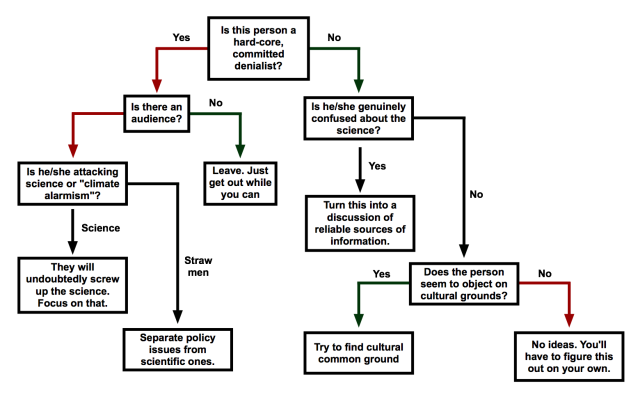Science is an inherently visual activity. Yes, we can know about all sorts of things in the abstract and try to envision them in our minds. But it's one thing to hear a description of the developing brain, and another thing entirely to see one as it's developing. In some cases, images tell us things that it was simply impossible to know otherwise.
2015's science came with its own host of images, some of them taken by the scientists and engineers involved, others we managed to take ourselves. So, we put together a gallery of some of our favorites from this past year; what follows is a little bit on why we liked them.
A close up showing the jagged peaks of Norgay Montes, some of which reach 3,500m. The late evening sunlight captures just how rugged this terrain is.
16 more images in gallery
New worlds: Pluto is too small to have much heat left over from its formation, so the expectations were that we'd see little more than a crater-ridden landscape. Pluto is anything but, and the images have left scientists scrambling to explain a landscape with complex geology. Similar things are true about another dwarf planet, the largest object in the asteroid belt, Ceres. Here, the surface was a crater-scarred landscape, but it contained enigmatic bright spots that continued to grab everyone's attention as the Dawn probe moved closer.






